Opinion
Searching for Lakdasa
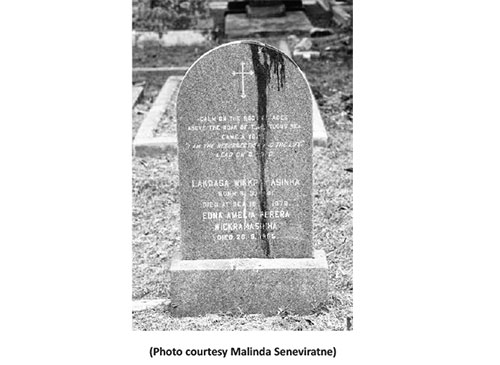
A few weeks ago, when I wrote an article titled “Shakespeare in a takarang shed” about the English department at Kelaniya University in the 1970s, I mentioned of Lakdasa Wikkramasinha, the poet. Lakdasa did not teach in the English department – he was an instructor in the sub-department of English, which conducted English language courses for all the undergraduates – but he was very much a part of the scene. In the article, I recalled playing carrom with him at the Senior Common Room, and how we both escaped severe injury, perhaps death, from a mob that was coming to attack campus students.
In the article, I described Lakdasa as “a man of few words, with a disdainful stare that made lesser mortals uncomfortable, [wearing] his shirt halfway buttoned that displayed his hairy chest, the sleeves rolled up just below the elbow.” In other words, a bad ass.
To accompany that article, I needed a photo of Lakdasa. I Googled, only to be shocked by the images that popped up. The most prominent was his gravestone, streaked with a black stain that obscured some markings, and a photo of the Nigerian Nobel laureate Wole Soyinka, mislabeled Lakdasa. Other search engines also came up with the same images.
Surely, someone, somewhere should have Lakdasa’s photo. Thus, began my search. Lakdasa had been my senior at the Maharagama training college, so I reached out to his classmates for a photo. One, who said he had been the best man at Lakdasa’s wedding, did not have a photo. Another, a photography enthusiast, could not be contacted because of the lockdown. Two other classmates of Lakdasa did not respond to my messages.
I was told about Lakdasa’s sister, who had built a house on Heerassagala Road, Kandy, but my attempts to trace her petered out. A friend of a friend, who said that she may have a photo at her office, was also unavailable, due to the lockdown and a death in the family. Tracing Lakdasa’s genealogy, I contacted a second cousin of Lakdasa’s, without a response. An appeal to the head of an academic department, where Lakdasa’s wife had taught, has gone unanswered. That is understandable, because she last taught there 40 years ago, and my attempt was a desperate shot in the dark.
When I first knew Lakdasa at Maharagama, in 1970, he was known as “the poet”, although hardly anyone around him may have read his poetry, (I hadn’t). In those days, poetry meant Wordsworth, Blake, and Keats to us. Also, at that time, Lakdasa’s poetry hadn’t received much critical assessment, or much read for that matter, because his poems had been self-published in limited editions. He was courting his classmate Claire, and I would see them seated on the corridor leading to the library and chatting for long periods. Lakdasa’s collection titled, Fifteen Poems (1970) carried the dedication “For Claire”. But, they didn’t marry. By the time his next collection, Nossa Senhora dos Chingalas (1973), came out, the dedication was “To Shanthini”, who had become his wife. She taught Chinese at the University of Kelaniya.
Lakdasa’s stature as a poet hit me full in the face, so to speak, only in the early 1990s, when I read Michael Ondaatje’s Running in the Family, a rollicking memoir of Ondaatje’s Ceylonese lineage. Chapter 3 is titled “Don’t Talk to Me about Matisse”, and Lakdasa’s poem of the same title is quoted there. I was in the USA at the time, and could not access any of his poetry.
Some years later, in Hong Kong, I was introduced to the chairman of a university English department. When he realised I was Sri Lankan, Andy blurted out, “Did you know Lakdasa?”, and seemed to disbelieve when I said “Quite well”. Later, I realised that he, a British/Australian, was an ardent fan of Lakdasa’s poetry. When Andy published the volume World Englishes (2007), two of Lakdasa’s poems were included in the accompanying CD, read by Prof. Thiru Kandiah.
In personality, Lakdasa was eccentric. His philosophy was an enigma. In 1965, he stated that “to write in English is a form of cultural treason” and called English the language of the “most despicable and loathsome people on earth”. But, just four years later, he was training to become an English teacher, and went onto “commit treason” by teaching English at the University of Kelaniya.
His poetry has been called masculine, and anger, eroticism, sarcasm, and satire were clearly on display. His originality and daring can be seen in lines such as “thick black coils of hair on her head, and Elsewhere”; “the great white hunter Matisse with a gun with two nostrils … Gaugin – the syphilis-spreader, the yellowed obesity”. And satire in “What does the Professor do? He plants brinjals all day”. The soaring finale – “All roads lead to Rome!” – from “To My Friend Aldred” is matchless.
When he was being interviewed for admission to Maharagama training college, Lakdasa was asked what he had been doing in the past few years. He replied. “Growing cardamoms”. Indeed, he had, in the remote Yahanagala area in the Uva. Usually, to interpret Lakdasa’s poetry, one may have to delve into history, the Classics, Latin, Sinhala folklore. But, the appealing simplicity of “In Ancient Kotmale” perhaps derives from those cardamom growing days.
In the beautiful principality, in Kotmale
I will build my house of the good soil’s brick
With the timber of the ringing forests,
And I will cover it with the tiles flat,
One on one, as the palms of the farmers ….
And in the morning will I see
The sun wounded as my heart with a million arrows,
Rise between the mountain ranges
And spread in the green valley its golden blood.
And I will go into the fields in the seasons ….
I will sow the grain, a stream between my hands,
I will cast the grain in falling nets.
It will stream up round the calves of maidens
From the viridian fire of that clay.
And in the kilns of my sun-wed fields,
And under the haven of passing clouds
As I repose, in those almost everlasting days,
In the time ordained, in green calendars
Will come my yearned harvest
Over the years, Lakdasa’s poetry has drawn much analysis – in academic presentations, scholarly articles, an anthology here and there, theses, blog sites – and in the popular press. Some poems were also included in the English literature A/L syllabus. He has been acknowledged as one of Sri Lanka’s foremost poets writing in English. But, sadly, his poetry is scattered in various, little-known publications, and 43 years after his death, there is a possibility of his poetry receding into obscurity.
But, for now, we can focus on a more urgent matter, that of finding a photo of Lakdasa and placing it on the Internet. So, here’s my plea. If you have a photo, could you send it to me at georgebraine@gmail.com? I am also on Facebook. Thank you.
GEORGE BRAINE
Opinion
Haphazard demolition in Nugegoda and deathtraps
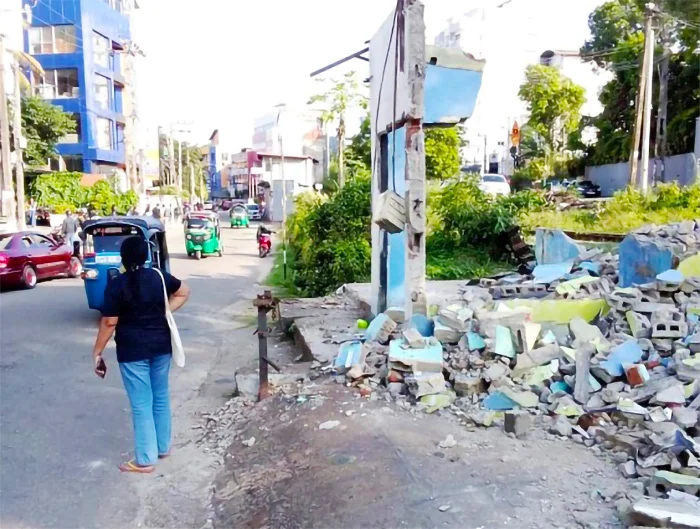
The proposed expansion of the Kelani Valley railway line has prompted the squatters to demolish the buildings and the above photograph depicts the ad-hoc manner in which a building in the heart of Nugegoda town (No 39 Poorwarama Road) has been haphazardly demolished posing a risk to the general public. Residents say that the live electric wire has not been disconnected and the half-demolished structure is on the verge of collapse, causing inevitable fatal damages.
Over to the Railway Department, Kotte Municipality Ceylon Electricity Board and the Nugegoda Police.
Athula Ranasinghe,
Nugegoda.
Opinion
Aviation and doctors on Strike
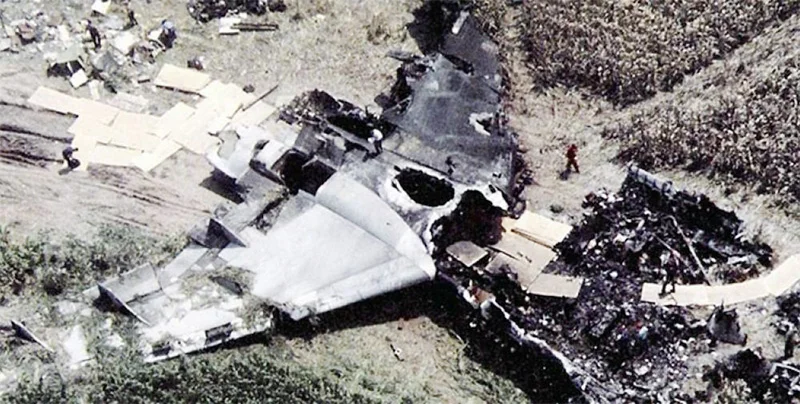
On July 19, 1989, United Airlines Flight 232 departed Denver, Colorado for Chicago, Illinois. The forecast weather was fine. Unfortunately, engine no. 2 – the middle engine in the tail of the three-engined McDonnell Douglas DC 10 – suffered an explosive failure of the fan disk, resulting in all three hydraulic system lines to the aircraft’s control surfaces being severed. This rendered the DC-10 uncontrollable except by the highly unorthodox use of differential thrust on the remaining two serviceable engines mounted on the wings.
Consequently, the aircraft was forced to divert to Sioux City, Iowa to attempt an emergency crash landing. But the crew lost control at the last moment and the airplane crashed. Out of a total of 296 passengers and crew, 185 survived.
The National Transportation Safety Board (NTSB) declared after an investigation that besides the skill of the operating crew, one significant factor in the survival rate was that hospitals in proximity to the airport were experiencing a change of shifts and therefore able to co-opt the outgoing and incoming shift workers to take over the additional workload of attending to crash victims.
One wonders what would have happened if an overflying aircraft diverted to MRIA-Mattala, BIA-Colombo, Colombo International Airport Ratmalana (CIAR) or Palaly Airport, KKS during the doctors’ strike in the 24 hours starting March 12, 2025? Would the authorities have been able to cope? International airlines (over a hundred a day) are paying in dollars to overfly and file Sri Lankan airports as en route alternates (diversion airports).
Doctors in hospitals in the vicinity of the above-named international airports cannot be allowed to go on strike, and their services deemed essential. Even scheduled flights to those airports could be involved in an accident, with injured passengers at risk of not receiving prompt medical attention.
The civil aviation regulator in this country seems to be sitting fat, dumb, and happy, as we say in aviation.
Guwan Seeya
Opinion
HW Cave saw Nanu Oya – Nuwara rail track as “exquisite”

Plans to resurrect the Nanu Oya – Nuwara Eliya rail track are welcome. The magnificent views from the train have been described by H W Cave in his book The Ceylon Government Railway (1910):
‘The pass by which Nuwara Eliya is reached is one of the most exquisite things in Ceylon. In traversing its length, the line makes a further ascent of one thousand feet in six miles. The curves and windings necessary to accomplish this are the most intricate on the whole railway and frequently have a radius of only eighty feet. On the right side of the deep mountain gorge we ascend amongst the tea bushes of the Edinburgh estate, and at length emerge upon a road, which the line shares with the cart traffic for about a mile. In the depths of the defile flows the Nanuoya river, foaming amongst huge boulders of rock that have descended from the sides of the mountains, and bordered by tree ferns, innumerable and brilliant trees of the primeval forest which clothe the face of the heights. In this land of no seasons their stages of growth are denoted by the varying tints of scarlet, gold, crimson, sallow green, and most strikingly of all, a rich claret colour, the chief glory of the Keena tree’.
However, as in colonial times, the railway should be available for both tourists and locals so that splendid vista can be enjoyed by all.
Dr R P Fernando
Epsom,
UK
-

 Foreign News4 days ago
Foreign News4 days agoSearch continues in Dominican Republic for missing student Sudiksha Konanki
-
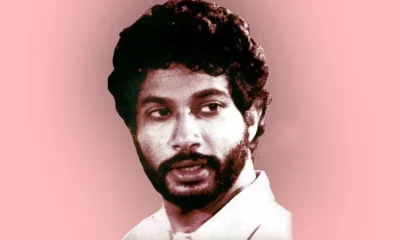
 Features6 days ago
Features6 days agoRichard de Zoysa at 67
-
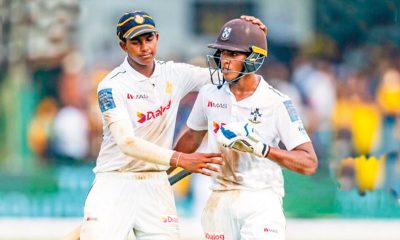
 Features3 days ago
Features3 days agoThe Royal-Thomian and its Timeless Charm
-
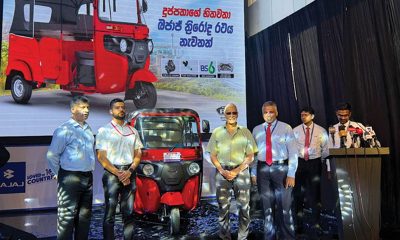
 News4 days ago
News4 days agoDPMC unveils brand-new Bajaj three-wheeler
-
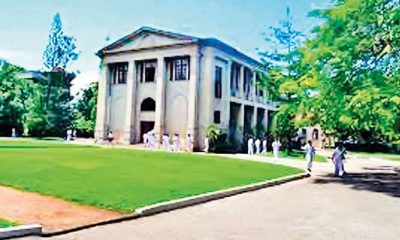
 Features3 days ago
Features3 days ago‘Thomia’: Richard Simon’s Masterpiece
-

 Features6 days ago
Features6 days agoSL Navy helping save kidneys
-

 Sports1 day ago
Sports1 day agoSri Lanka to compete against USA, Jamaica in relay finals
-
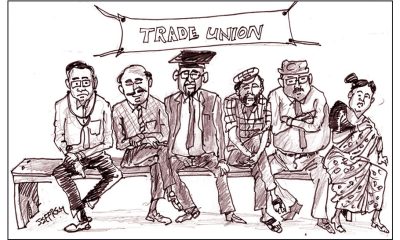
 Features5 days ago
Features5 days agoWomen’s struggles and men’s unions











